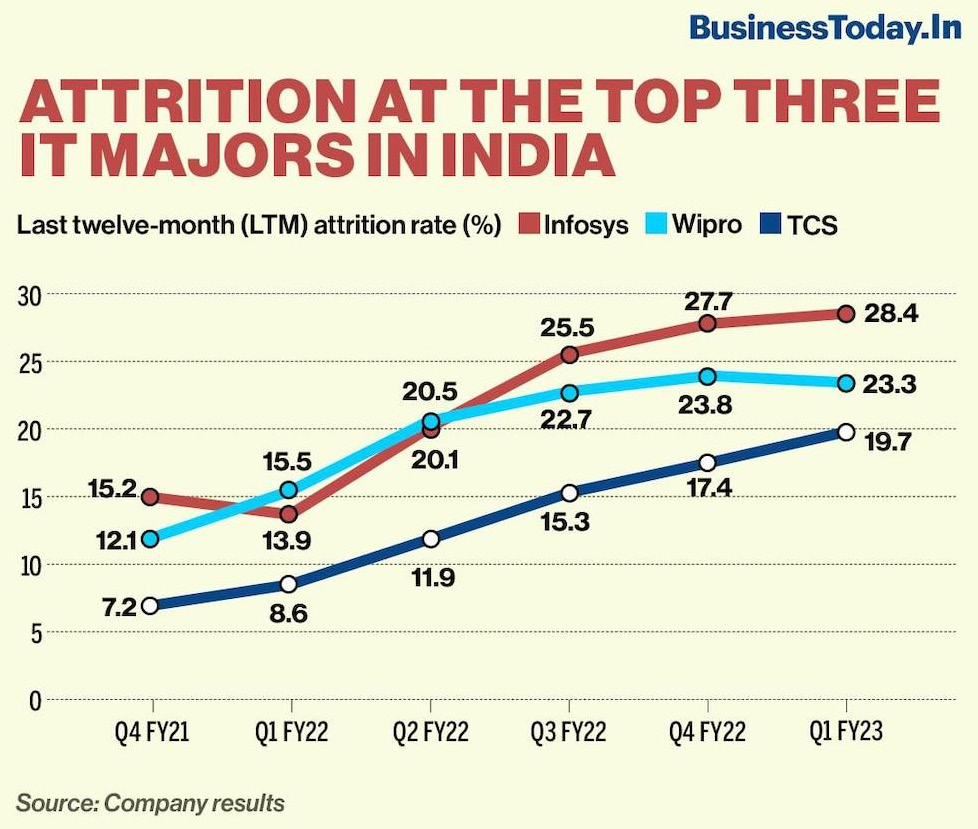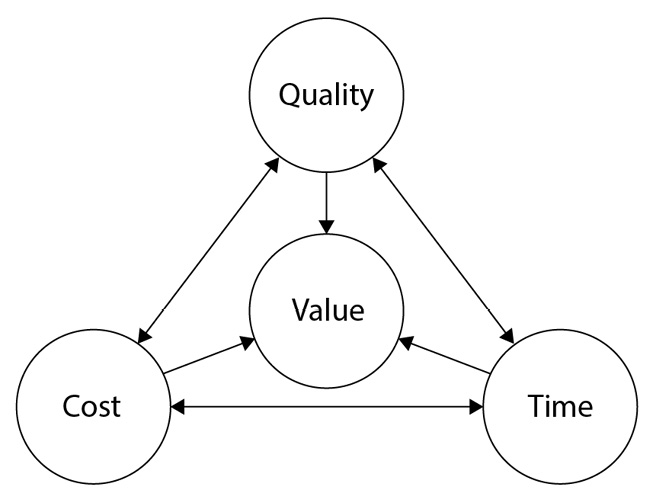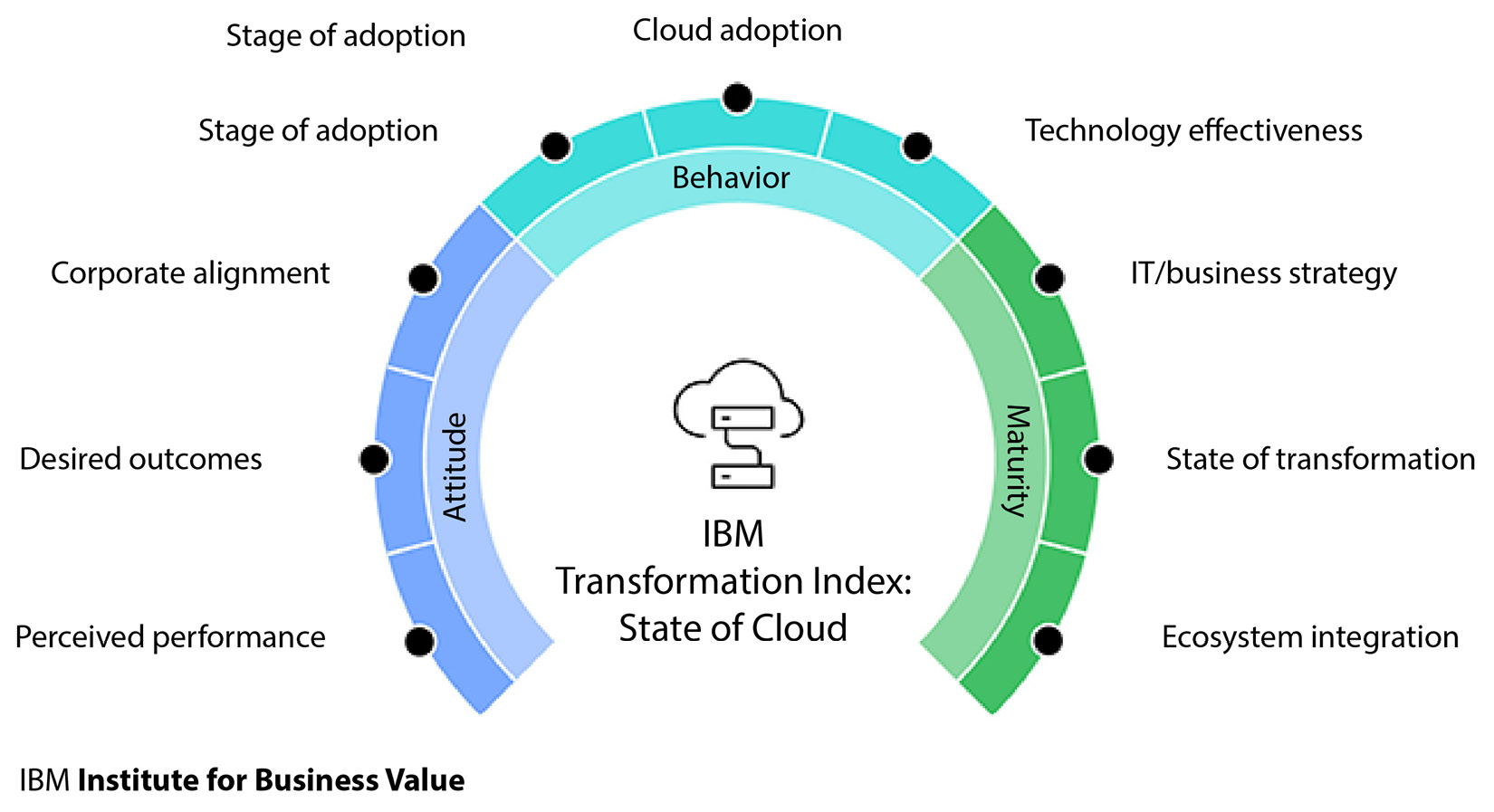Operational challenges for businesses have become more acute in the last few years due to COVID-19; however, these pressures have always been present. The question remains as to what those operational challenges are and how you can determine where lies the greatest effort in overcoming them. Although operational issues cannot be bound to a mere few, the following are some challenges that have a wide impact on businesses through an IT lens.
Sustainable supply chain pressures
Every one of us has a story about how the pandemic impacted our daily lives, whether it was a lack of goods on the shelves, price increases for goods and services, a lack of availability of car parts, or a lack of critical medical services. All of these and so much more have been topics of discussion in our homes, in our businesses, and in every sphere of life.
Take any business today, and there will have been an impact on the supply chain, which can be determined by cause and effect. Take the motor industry as an example, which runs on the just-in-time approach. It cannot manage vast quantities of raw materials because the throughput would not change no matter how fast you delivered the raw material. Yet during the pandemic, we saw a lack of raw materials, which determined the pace at which cars could be manufactured.
Managing a myriad of factors, such as people, processes, partners, materials, services, and so on. determines how operationally effective a business is, and this is a key issue keeping our leaders awake at night.
Resourcing issues regarding raw materials, people, and skill gaps
There is a direct link between the cost of operations and the resources at a business’s disposal. No matter what business you are in, cost control, especially within IT operations, plays a significant role in operational efficiency. The following factors impact operations:
- The right talent: It does not matter how advanced technology has become if you do not have the right talent to harness that technology to your advantage. A vastly underestimated aspect that businesses only started to learn about a few years ago is that developing and nurturing talent is at the core of a business’s survival.
If we look at attrition in just the last 2 years, the IT industry has seen a surge since the passing of the peak of the pandemic.
Figure 1.4: Attrition trend in the IT services industry in India due to COVID-19 (https://www.businesstoday.in/latest/corporate/story/why-infosys-tcs-wipro-and-other-indian-it-giants-are-facing-record-high-attrition-rates-346139-2022-09-01)
As we came out of the pandemic, we saw demand outstrip supply as the economy started to recover. Organizations’ inability to be able to keep pace with demand, with the backdrop of attrition, was coupled with intense competition for skilled labor where the skilled workforce had a choice of taking up roles that suited their economic and personal circumstances better.
We saw the transportation and logistics sector hit particularly hard, with layoffs taking place due to the pandemic and then huge delays in the re-hiring process, which included following regulatory compliance and security protocols in hiring in sensitive sectors of the travel industry, causing numerous scheduled flights to be canceled as airlines were unable to cope with the demand: https://www.mckinsey.com/capabilities/operations/our-insights/navigating-the-labor-mismatch-in-us-logistics-and-supply-chains.
- The availability of technology: With the impending end of Moore’s law, we cannot simply rely on the availability of faster computers to give businesses the edge they need to be operationally efficient. Although speed is one factor, the availability of the right technology and the ability to adopt it and harness it is a challenge businesses are facing. What good would Facebook be if we did not have smart devices?
Taking it a step further, the availability of new and improved business application processes and solutions and adoption at pace is another challenge businesses are facing. After all, how is it possible to infuse efficiency without new technologies helping accelerate the pace of bringing in operational effectiveness?
- The availability of services: Since the launch of the smartphone, we have seen rapid changes in the services being developed and delivered to consumers. No one would have thought 20 years ago that the retail high street would no longer be required to purchase essential everyday items.
When AWS was launched in early 2002, an internal paper was published that determined what Amazon’s internal infrastructure should look like. It was suggested to sell it as a service and a business case was prepared for it. Two years later, Amazon implemented SAP for its internal businesses, and this gave rise to SAP applications being offered as a non-productive service to the masses. This also gave way to the pay-per-use model in consuming services.
If those services are not present, it is a hindrance to bringing in operation as a service. For businesses, the challenge remains adopting technology and services that are relevant today and can be adapted to suit the needs and requirements of the future.
The multi-vendor model
Traditional IT operations have been predicated on businesses interacting with multiple vendors and suppliers to deliver a service. For any IT solution, up to more than 10 suppliers can be seen interacting with the business. These can be suppliers of any of the following:
- Software licenses (OSs, databases, applications, security, network, storage)
- Hardware (laptops, servers, storage devices)
- Data centers (client-owned, vendor-owned, or in the cloud)
- Infrastructure service providers
- Implementation service providers
- Application-managed service providers
- Technical-managed service providers
- Network service providers
Each service contract will have different end dates, exit clauses, penalties, and SLAs. Managing the sheer complexity of services being delivered to the CIO’s office requires a lot of resources. As mentioned earlier, it also means having the right talent to support the whole IT operation. A multi-vendor lock-in, unless carefully managed, could pose a risk to the business in delivering value, and instead increase the total cost of ownership.
The pressure is immense in ensuring operational efficiency is balanced with technological advancement without compromising IT services delivered to the business itself as well as to its consumers.
Choosing a SAP service provider
In the previous section, we mentioned the choice of services provided to businesses in supporting their IT operations and how we now see thousands of providers delivering those same services. If we look at SAP partners, then there are over 26,000 SAP partners who deliver valuable IT services. A list of SAP partners can be seen here: https://www.sap.com/uk/partner/.
What’s the best way to choose a partner to deliver services? It all depends on the requirements, since many of them could be met through one or more similar services. So, what are the factors affecting the choice? It’s important to note that organizations are looking to deliver value in any transformation, and there are three factors that will affect the outcome:
Figure 1.5: Factors affecting transformation value
- Time: How long does it take to deliver the service? In this case, it could be serviced by a partner to deliver an implementation of new business processes, or an upgrade to the software, for example, the efficiency with which new business processes are implemented via an upgrade from SAP ECC 6.0 to SAP S/4HANA varies from customer to customer. Typical timelines vary from 4-12 months.
- Quality: It’s a misconception that IT operations must be of the highest quality. Just as we have the choice of buying a Rolls Royce or a VW Beetle, there are qualitative choices. These are usually determined by the category of partner you choose, experience in the particular industry, the talent pool, certifications, customer feedback, partner classification by vendor, brand, reputation, and so on.
- Price: Another misconception is that price is always a factor in determining your choice of partner to deliver a service. Wrong! You’ll have heard the old saying “cheap and cheerful.” Well, if you choose a cheap option, you will have to compromise on quality and time. Among the factors determining the value to the business, it requires a fine balance – if you compromise on one thing, you must give up on another. So, price is an important factor at a cost of quality or time.
Key considerations for businesses when opting for a cloud provider
When considering adopting cloud hosting providers for your business as the next evolutionary step in your transformation journey, along with improving operational efficiency, each provider is different in what services it offers, so careful consideration is needed.
Businesses may adopt the copycat approach and follow other organizations in similar industries, in the hope that it pays similar dividends. Is this the right approach? Can one company’s adoption of the cloud mean another would share the same fate?
According to a recent IBV report, for many companies, the journey to the cloud lacks transparency. It states that there is often a perception that leaders presume their organization is faring better than expected when adopting cloud transformation. The recent survey states the contrary.
The IBV report provides a transformation index on the state of cloud transformation, shown in the following figure, which organizations can use to gauge how well they actually fare against industry norms. The index is built on the research of more than 3,000 C-Suite decision-makers across 12 countries and 23 industries.
Figure 1.6: Transformation index (https://www.ibm.com/thought-leadership/institute-business-value/en-us/report/transformation-index)
Keeping the lights on
Delivering business continuity and resilience is at the back of the mind of every CIO, and whether its COVID-19, war in Europe, or the impact of climate change, those businesses that do not pay enough attention to this are faced with consequences that result in the following:
- Damage to the brand and reputation, where consumers lose confidence. It is now expected that the delivery of services should be uninterrupted.
- Financial loss because of unexpected downtime and breach of contract.
- Failure to repair consumer confidence can result in business closure.



 Free Chapter
Free Chapter



